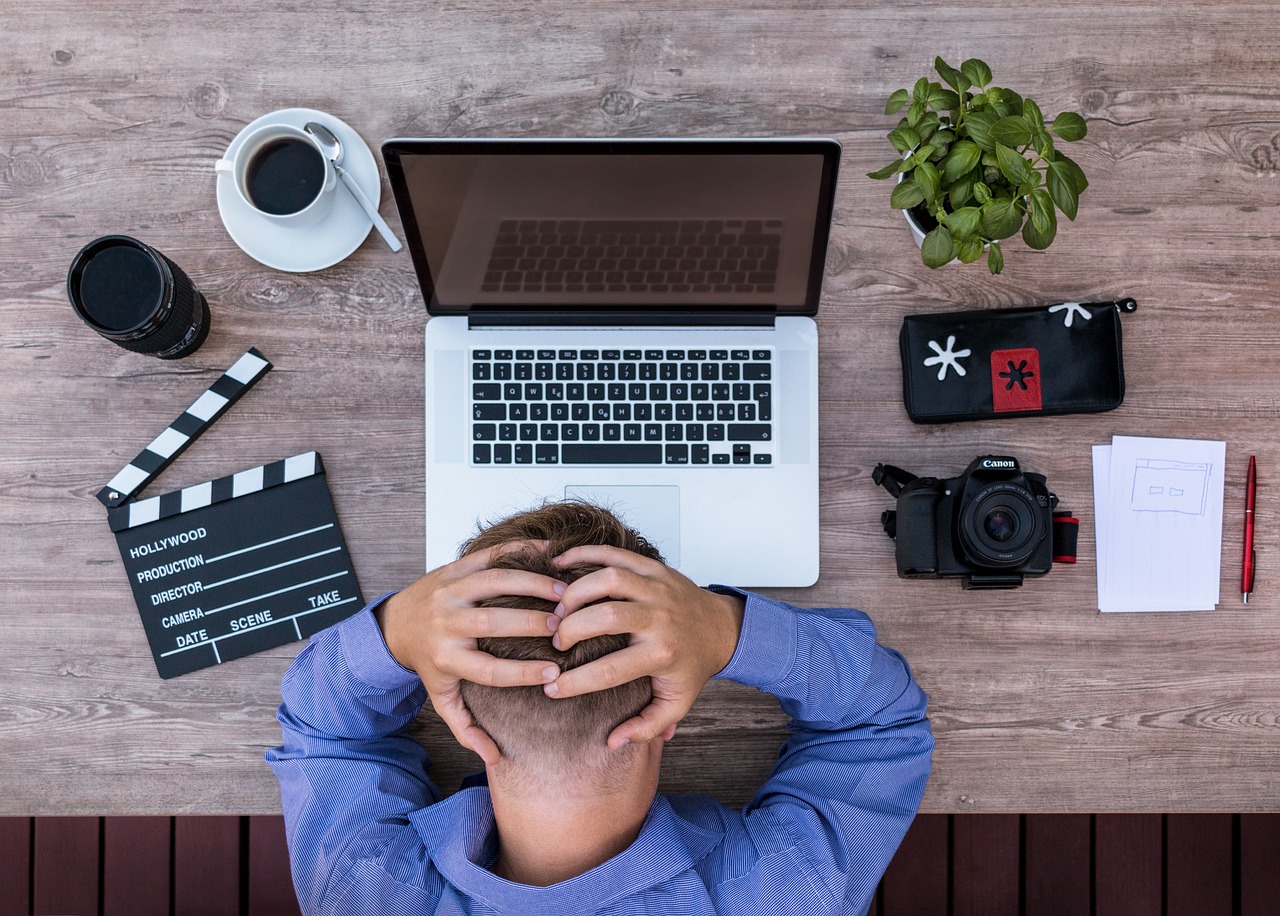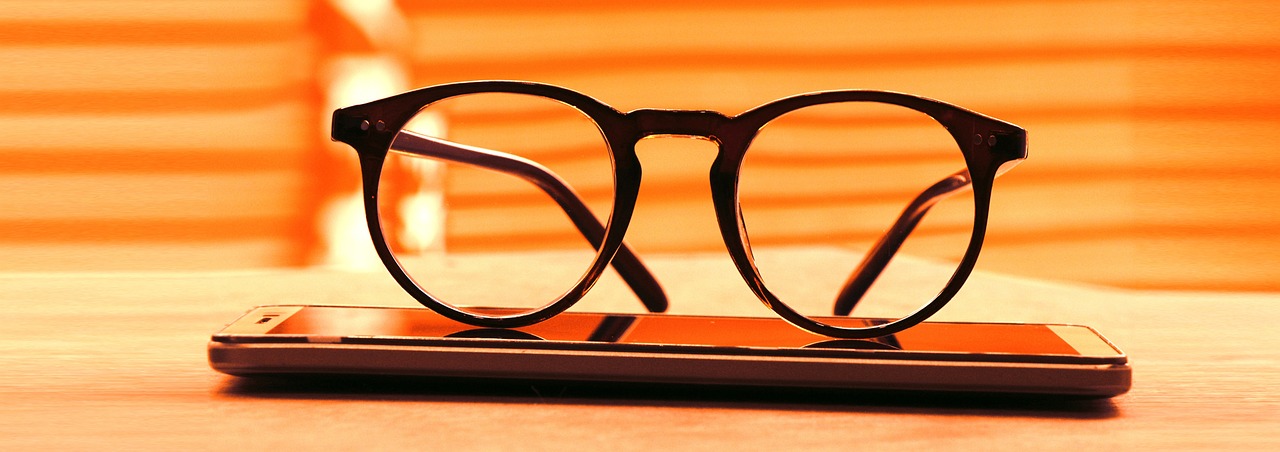We’ve all been there: hours in front of a screen, eyes burning, temples throbbing, and a headache creeping in. But why does staring at screens for too long cause headaches and leave you feeling completely drained? Let’s break it down so you can protect yourself from digital fatigue and keep those pesky headaches at bay.
The Science Behind Screen-Induced Headaches
Your eyes are like the unsung heroes of your daily life, tirelessly working to process all the information flashing across your screens. But screens are tricky—they emit blue light, which is harsh on your eyes. Blue light scatters more than other colors, making it harder for your eyes to focus. This extra effort strains your eye muscles and eventually sends a message to your brain: “Hey, we’re tired down here!” And that’s when the headache begins.
Then there’s something called “visual overstimulation.” Every time you scroll, swipe, or stare at a bright screen, your brain is working overtime to process the flood of images, text, and colors. It’s like trying to juggle 20 balls at once! Over time, this can lead to mental fatigue, which often feels like a dull ache or pounding headache behind your eyes.

How Bright Screens Affect Your Focus and Comfort
Have you ever noticed how screens seem brighter at night? That’s because your eyes are naturally adjusted to dimmer light in the evening. When you’re staring at a glowing screen in a dark room, your eyes are forced to work harder to manage the contrast between light and dark. This constant adjustment can lead to discomfort, fatigue, and—you guessed it—headaches.
But brightness isn’t the only culprit. Flickering screens, even if barely noticeable, can strain your eyes over time. Most modern devices refresh their displays thousands of times per second, and while you might not see the flicker, your eyes do. It’s like running a marathon without realizing you’re even moving! This low-key strain adds up and often results in those nagging headaches.
To make matters worse, long periods of screen use usually mean you’re not blinking as much. Blinking keeps your eyes moist and refreshed, but when you’re hyper-focused on your screen, your blink rate drops by half or more. Dry, irritated eyes only amplify the discomfort, making those screen-induced headaches feel even worse.
What Happens When You Forget to Take Breaks
Raise your hand if you’ve ever lost track of time while binge-watching a series or crushing it in a video game. Don’t worry, you’re not alone. But sitting in front of a screen for hours on end without taking breaks puts your eyes and brain through the wringer.
When you stare at a screen for too long, you’re locking your focus at a fixed distance. Your eye muscles get stuck in one position, kind of like holding a plank for hours (ouch!). This static focus tires out your eyes and can lead to something called “computer vision syndrome,” a fancy term for digital fatigue that often comes with headaches.
And let’s talk posture. It’s easy to hunch over your laptop or phone without realizing it. Poor posture doesn’t just hurt your back and neck; it also reduces blood flow to your brain. Less blood flow means less oxygen, and guess what? That’s another recipe for headaches.
Adjusting Work Habits to Avoid Triggers
Your work habits play a big role in how much strain you put on your eyes and brain. One of the simplest changes you can make is to adjust your screen’s brightness. Match it to the lighting in your room—not too bright and not too dim. Think of it like finding the perfect volume for your favorite song: just right.
Another great tip is to keep your screen at eye level. Looking down at your phone or hunching over your laptop puts unnecessary strain on your neck and eyes. Use a stand or stack some books under your laptop to keep things aligned. Your posture (and future self) will thank you.
Taking intentional breaks is a game changer. Try the 20-20-20 rule: every 20 minutes, look at something 20 feet away for 20 seconds. It’s like a mini vacation for your eyes! You’ll come back to your screen feeling refreshed and ready to tackle your tasks.
Finally, don’t underestimate the power of good hydration and proper lighting. Drinking water helps keep your eyes moist, while warm, soft lighting reduces glare and creates a calming workspace. Pair these habits with blue light blocking glasses, and you’ll be well on your way to avoiding those frustrating headaches.
Effective Remedies for Frequent Headaches
When headaches strike, they can feel like the ultimate productivity killer. But don’t worry—you’ve got options to get back on track. First, try applying a warm or cool compress to your forehead. A warm compress can help relax tense muscles, while a cool one reduces inflammation. It’s like a spa treatment for your head—but at home.
Another easy remedy is to dim the lights and create a calm environment. Bright lights can aggravate headaches, so turn off overhead lights and opt for softer, ambient lighting. If your screen feels too bright, reduce its brightness or use a screen filter to cut down on glare. Your eyes will thank you for the extra kindness.
Hydration is a game-changer when it comes to headaches. Often, we’re so busy working or scrolling that we forget to drink water. Dehydration can make headaches worse, so keep a water bottle within reach and sip throughout the day. It’s a small habit that can make a big difference.
Move Your Body, Relax Your Mind

Sometimes, all your body needs is a little movement to shake off a headache. Gentle stretches, like rolling your shoulders or tilting your neck side to side, can relieve tension that builds up from hunching over a screen. Even a quick five-minute walk around your space can improve blood flow and oxygen levels, easing that throbbing sensation in your head.
Pair movement with mindfulness for even better results. Deep breathing exercises or short meditation sessions can help you relax and refocus. Close your eyes, take slow, deep breaths, and let the tension melt away. Not only will this help your headache, but it’ll leave you feeling mentally refreshed.
The Power of Blue Light Blocking Glasses
If your headaches are screen-related, blue light blocking glasses could be your new best friend. These glasses filter out the harsh blue light that strains your eyes and messes with your sleep. They’re lightweight, stylish, and designed to reduce digital eye strain—a major cause of those pesky headaches.
Using blue light blocking glasses during your workday can help you stay focused and comfortable for longer periods. Plus, they’re perfect for evening screen use, keeping your circadian rhythm intact so you can fall asleep faster. It’s a win-win for your eyes and your overall well-being.

Using Glasses to Reduce Strain and Discomfort
Blue light blocking glasses are more than just a trendy accessory—they’re a game-changer for anyone glued to screens. At Bright Vision Blocker, we’ve designed our glasses to address the very real challenges of modern screen use. From digital eye strain to disrupted sleep, BrightGuard glasses have you covered.
Protect Your Vision, Enhance Your Comfort
Every time you sit down to work, your eyes are exposed to blue light, which can leave them feeling dry, strained, and fatigued. BrightGuard glasses use advanced blue light filtering technology to block up to 90% of harmful blue light. This means your eyes work less to stay focused, letting you power through your tasks without discomfort.
Unlike cheap, generic glasses, BrightGuard glasses come with an anti-reflective coating that reduces glare from both your screen and surrounding lights. This creates a crystal-clear viewing experience that’s perfect for everything from Zoom meetings to late-night Netflix binges.
Sleep Better, Work Smarter
Did you know that blue light tricks your brain into thinking it’s daytime, even at night? BrightGuard glasses help regulate your sleep cycle by minimizing exposure to blue light in the evening. Whether you’re wrapping up a project or catching up on emails, you can wind down without sacrificing productivity—and still get a good night’s sleep.
Wearing BrightGuard glasses doesn’t just improve your sleep; it also boosts your focus and clarity during the day. By reducing eye strain and preventing headaches, you’ll feel more energized and ready to tackle even the toughest to-do lists.
Style Meets Functionality
Let’s face it: glasses need to look good, too. BrightGuard glasses are designed with sleek, modern frames that suit any style. Whether you’re at a coworking space or on a video call, you’ll look sharp while protecting your eyes.


